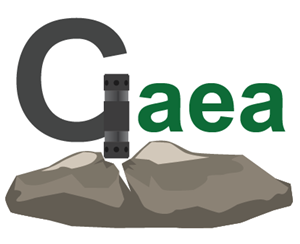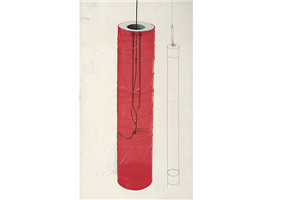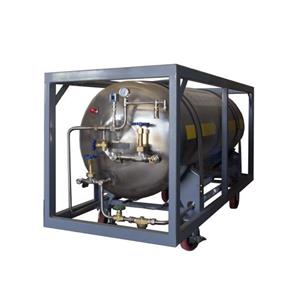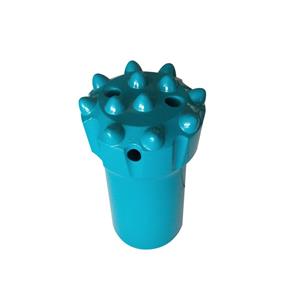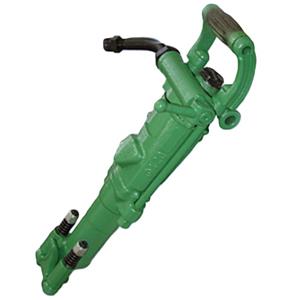Hard‑rock drilling without jamming: three core parameter‑adjustment secrets
Hard formations (typical examples: granite, basalt) have high hardness and toughness, which impose strict requirements on matching drilling parameters. Properly adjusting rotational speed, drill thrust (bit pressure), and cuttings‑removal (flushing) parameters is key to improving penetration rate and reducing tool wear. Below is a detailed practical guide to parameter adjustment across these three core dimensions.
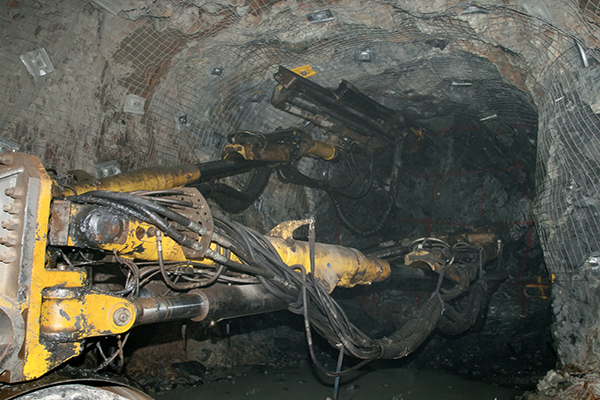
Rotational speed: use low speed to ensure effective fracture The high hardness of hard rock requires low‑speed operation because button cutters (button‑type inserts) need sufficient contact time to fracture the rock. Dense structure and few natural fractures mean cutters must wedge into the rock by sustained pressure; if rotation is too fast, contact time is greatly shortened and the cutter disengages before effective breakage occurs. That not only fails to improve efficiency but also causes "dry grinding" that accelerates bit wear.
In practice, rotational speed in hard‑rock drilling is usually controlled at 30–60 rpm. For example, in granite, raising speed to 100 rpm causes the button cutters to skid across the surface, producing only shallow scratches without penetrating the rock interior. Reducing speed to about 40 rpm allows the cutters to remain in contact, apply sustained pressure, and wedge/split the rock by their hardness and wedge geometry — improving breakage efficiency by over 30% and markedly reducing bit wear.
Drill pressure (bit thrust): apply high pressure to overcome rock resistance High compressive strength in hard rock (often >100 MPa) requires sufficient drill pressure to overcome formation resistance and force the cutters to penetrate. Insufficient pressure causes cutters to slide on the surface (slip) rather than embed; appropriate high pressure lets cutters overcome surface stresses, enter internal fissures or crystal boundaries, and fracture the rock through a combined squeezing–shearing action.
Typical drill pressure for hard‑rock operations is set at 3–5 MPa. In hard‑rock mining examples this is clear: at a drill pressure of only 2 MPa, cutters struggle to create effective fracture points and penetration may be under 0.5 m/h. Increasing pressure to 4 MPa allows deep cutter engagement, periodic pressure cycles to widen fractures, and raises penetration to about 1.2–1.5 m/h; the broken rock also tends to retain better block integrity for later handling.
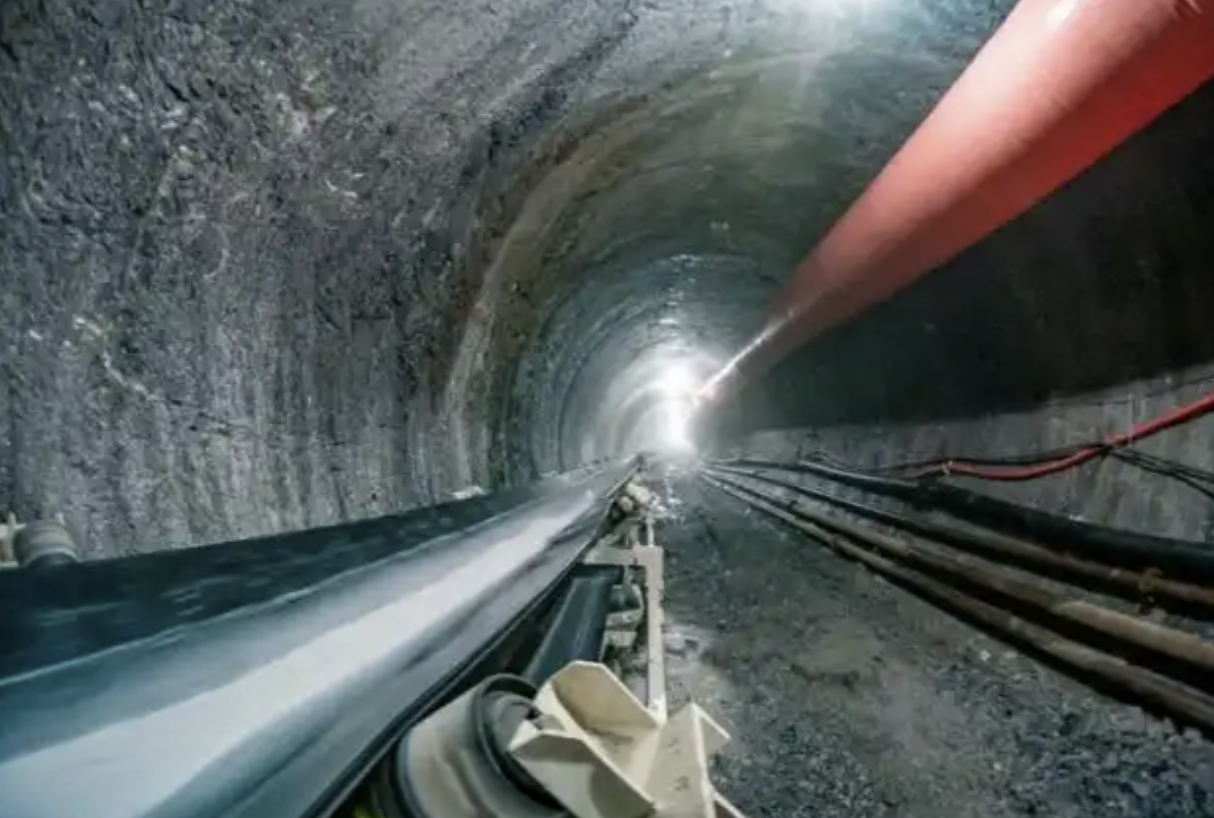
Cuttings removal (flushing): ensure sufficient flushing to maintain a clean working face Although cuttings from hard‑rock drilling are fine, slow penetration causes them to accumulate on the hole bottom, creating a vicious cycle of repeated re‑breaking: accumulated cuttings block fresh contact between cutters and intact rock, increasing wear and wasting energy. The core goal of cuttings‑removal adjustment is therefore to guarantee adequate flushing flow to remove bottom cuttings promptly.
For hard‑rock drilling, flushing liquid flow should be maintained at about 40–80 L/min. For example, in an underground hard‑rock tunnel project, an initial flushing flow of 30 L/min allowed 5–8 cm of cuttings to pile up at the bottom; bits needed replacing every 2 hours and daily advance was under 8 m. After increasing flow to 60 L/min, residual cuttings dropped to under 1 cm, bit life extended beyond 8 hours, daily advance rose to 15–18 m, and bit procurement costs fell by about 40% due to reduced wear.
Parameter coordination: the logic of the three‑way interaction Parameter adjustment for hard‑rock drilling is not a single‑factor optimization but a coordinated matching of the three parameters. Key coordination points:
Speed and drill pressure: when increasing drill pressure, maintain low rotational speed to avoid instantaneous overload and bit damage under high‑speed/high‑pressure conditions.
Flushing and drill pressure: when increasing flushing flow, adjust drill pressure accordingly to prevent flushing impact from destabilizing the hole wall.
Only by matching rotational speed, drill pressure, and flushing/cuttings‑removal into a compatible set can hard‑rock drilling achieve high efficiency with low consumption.
